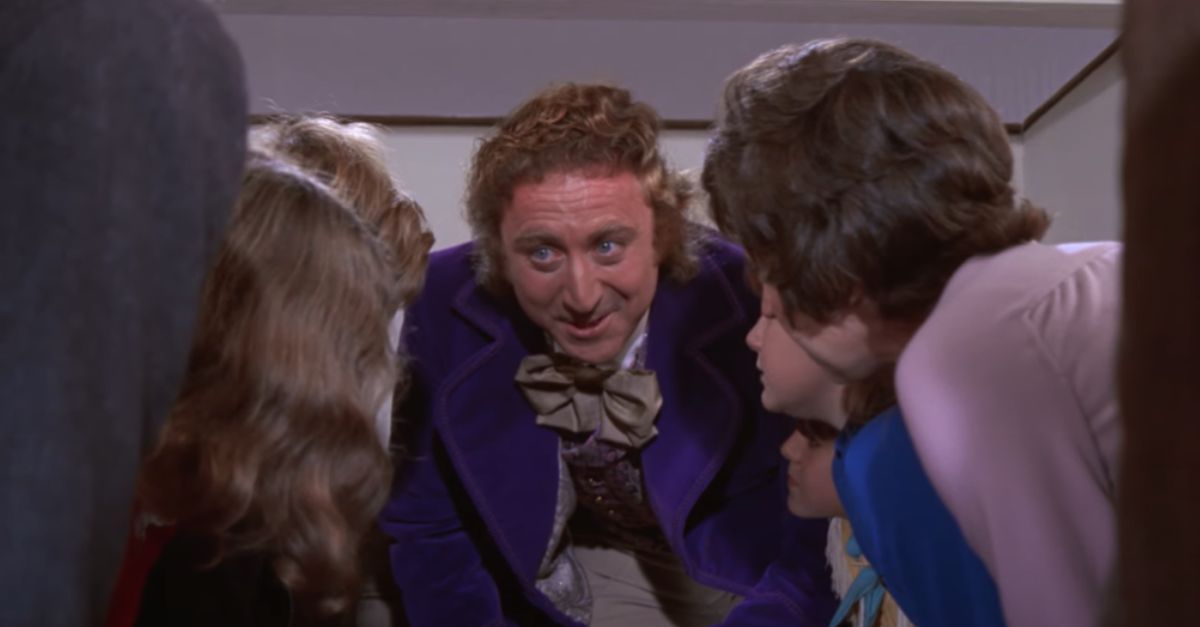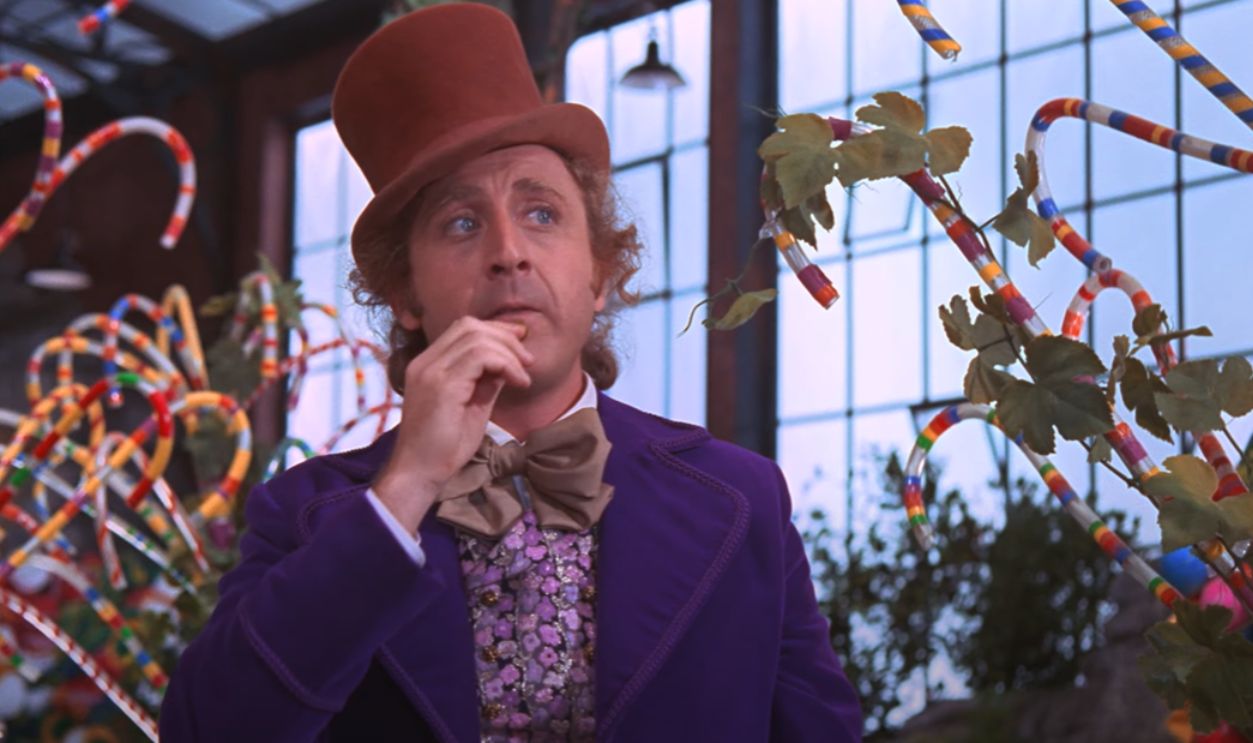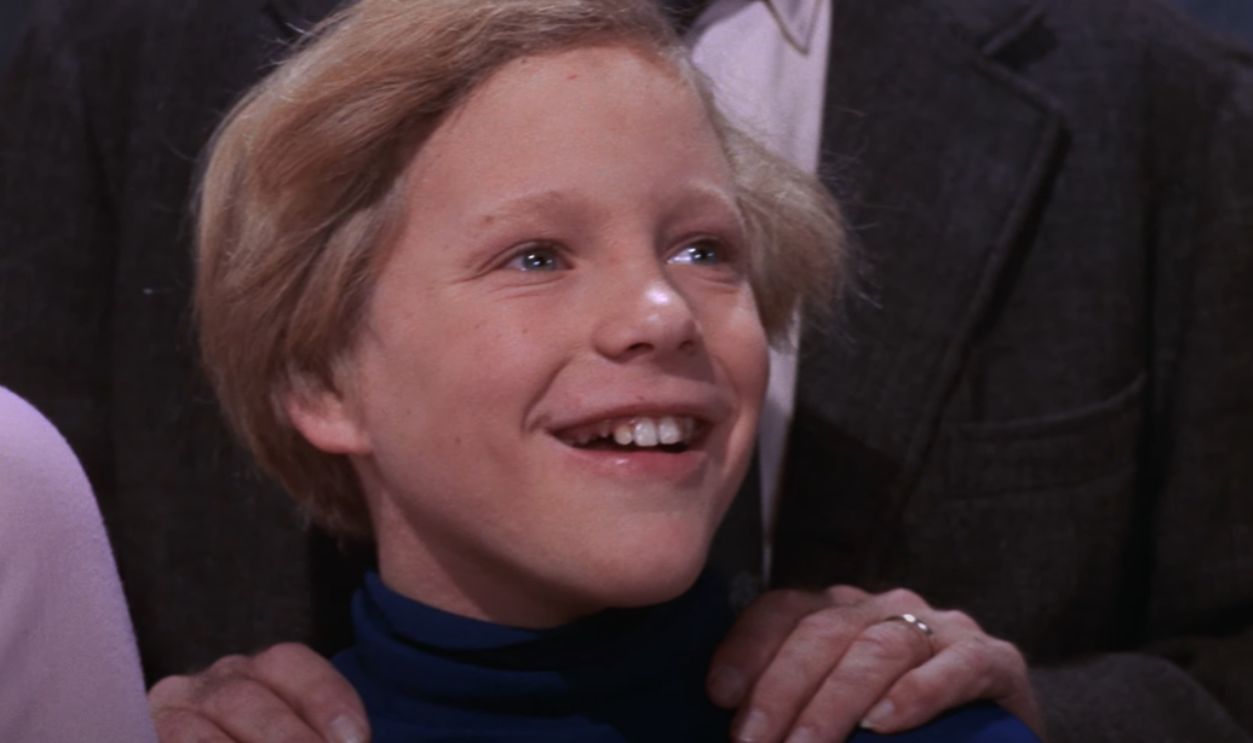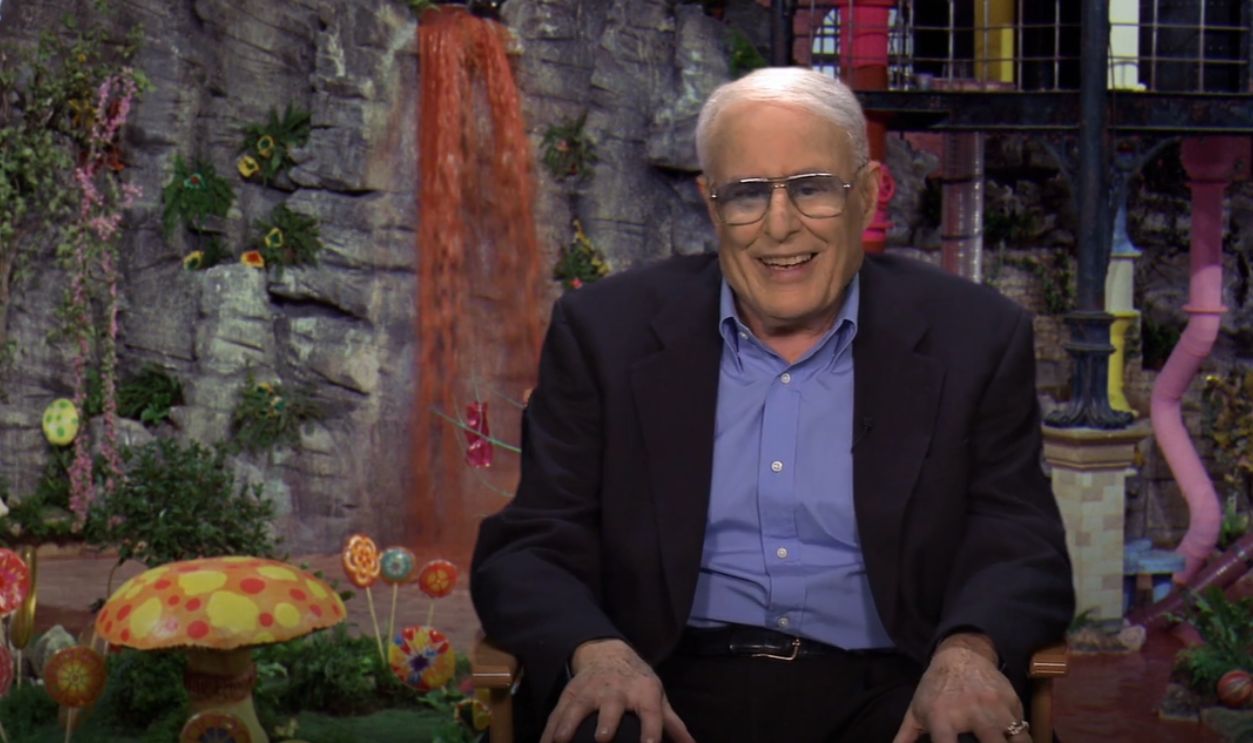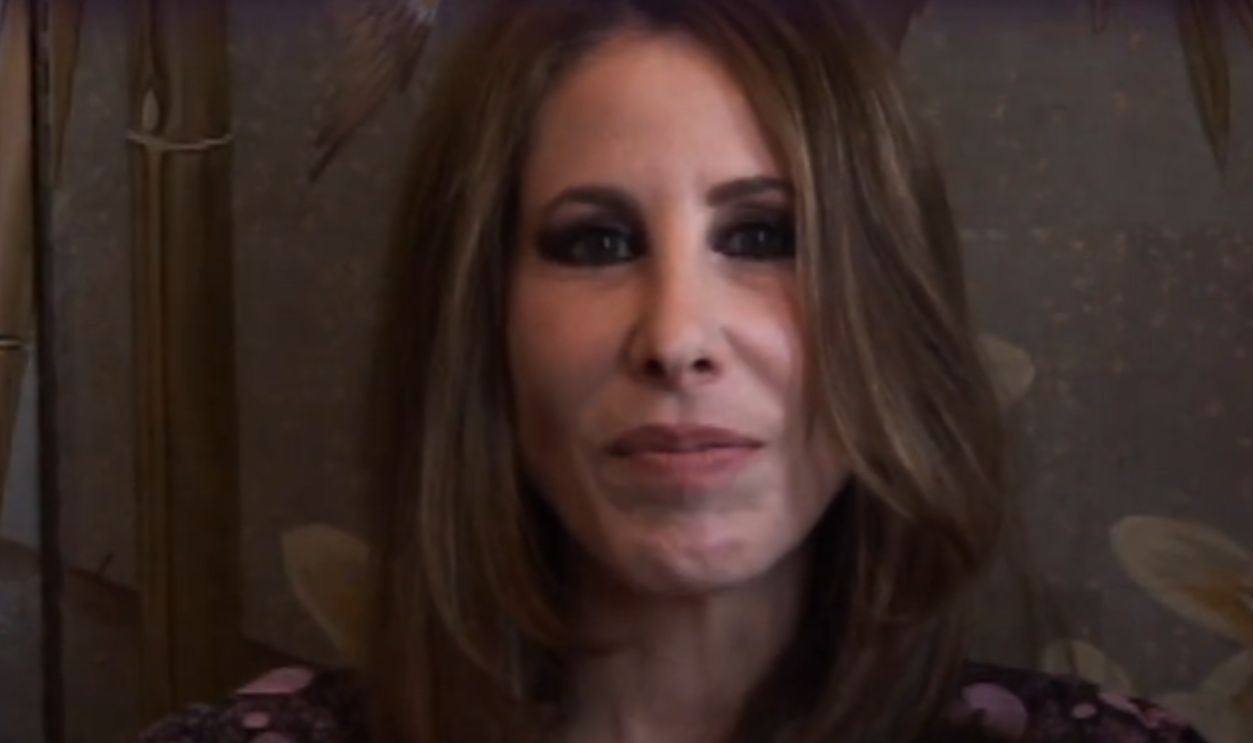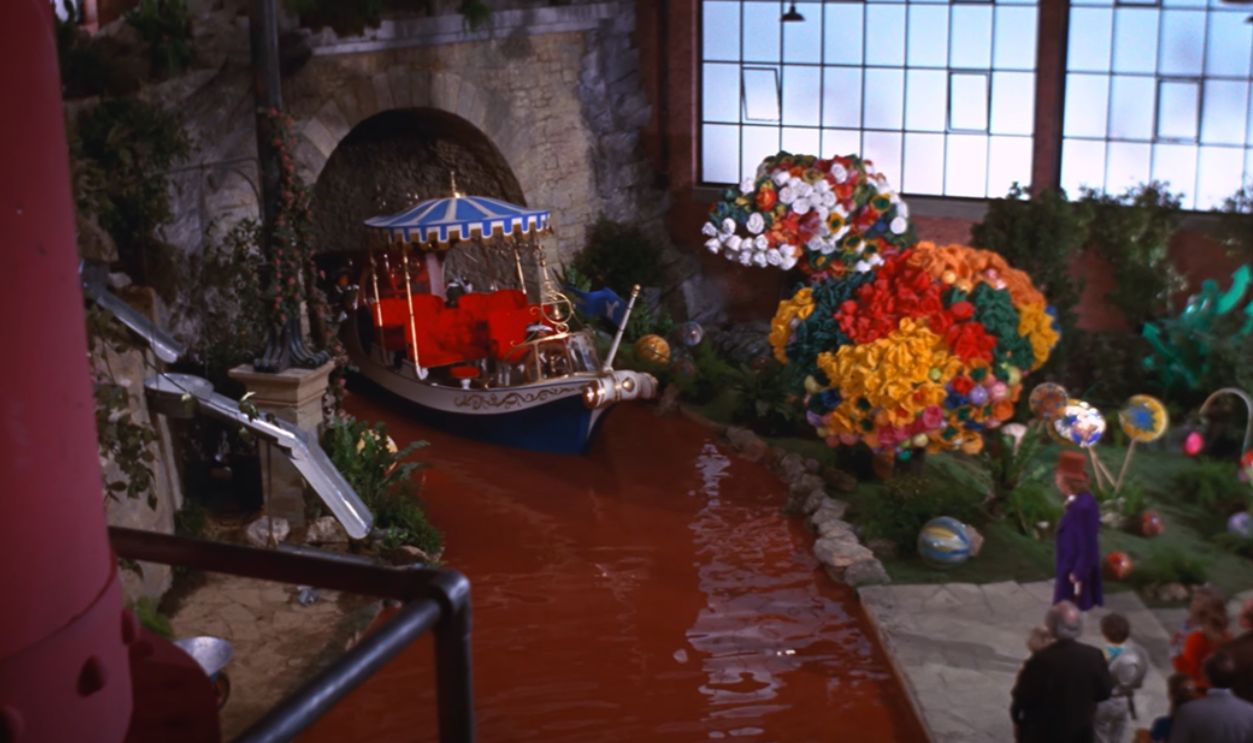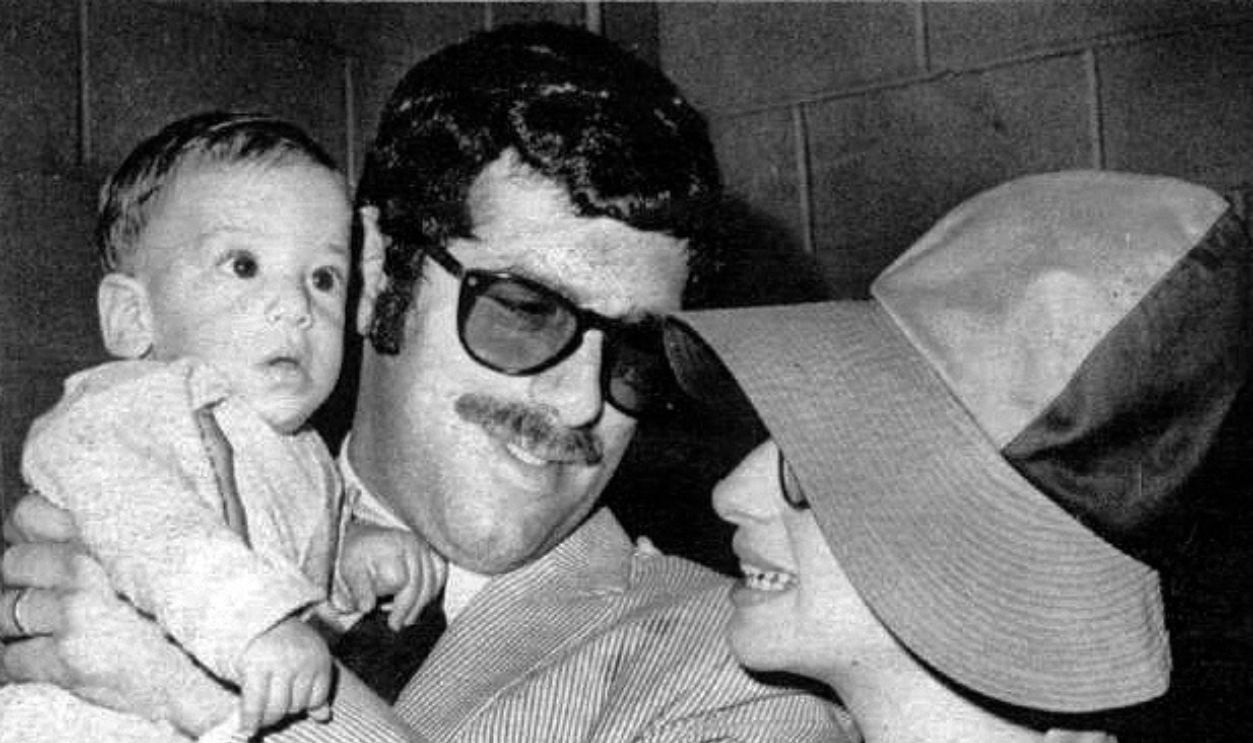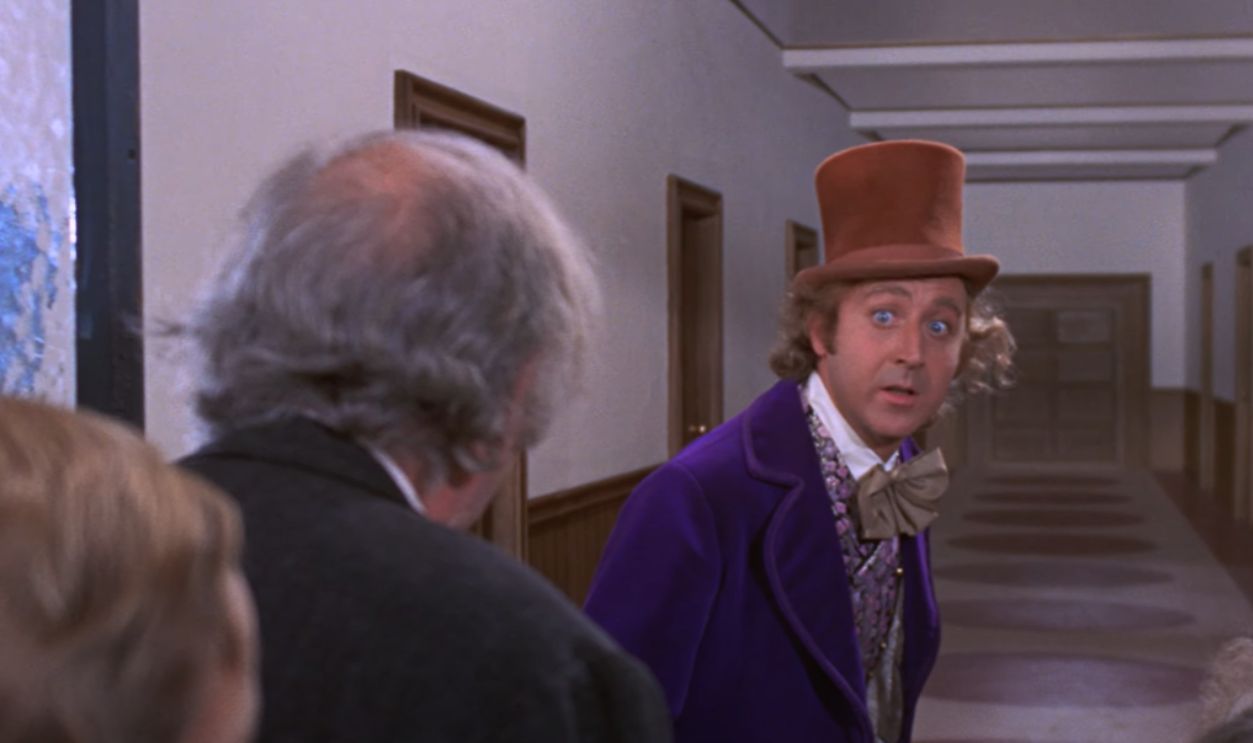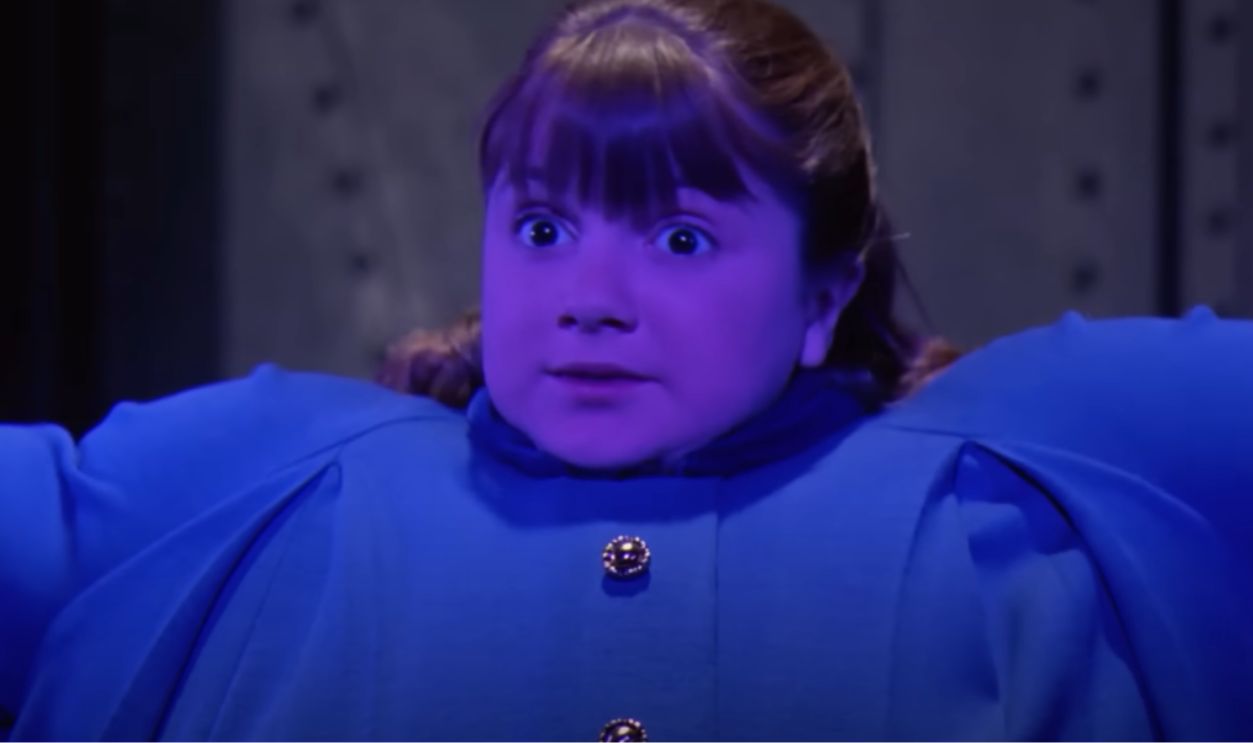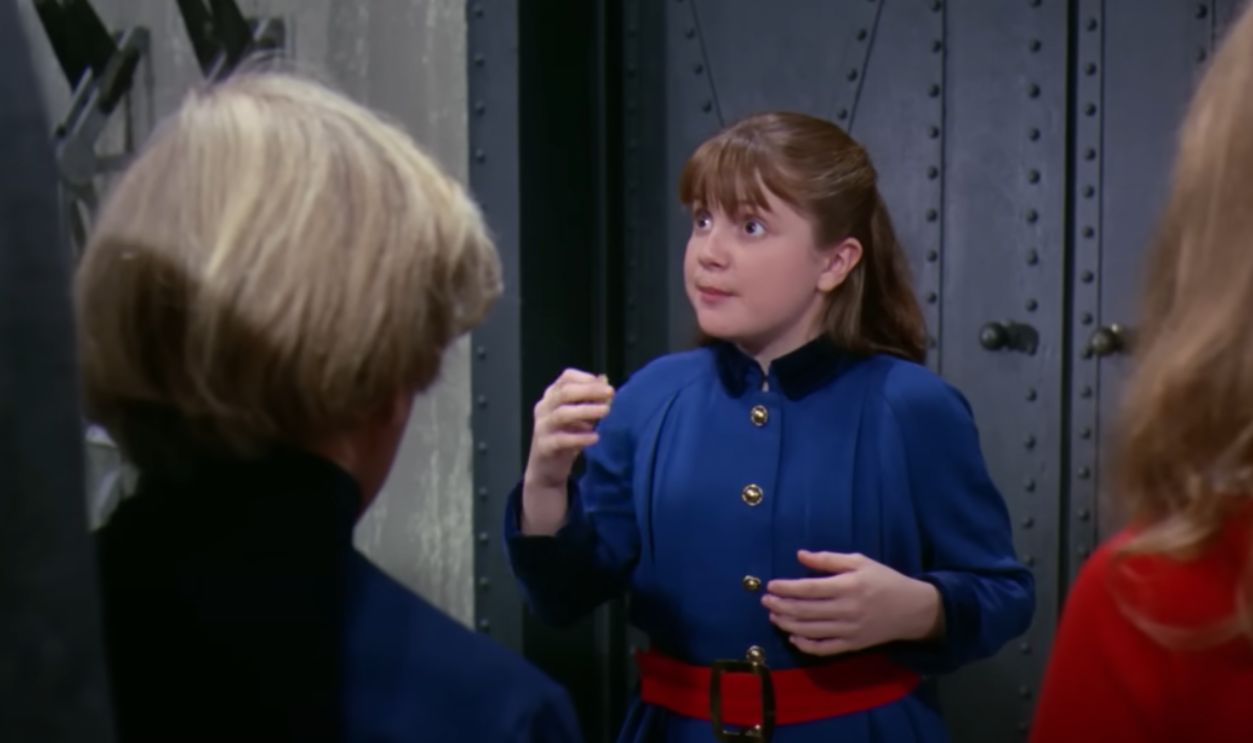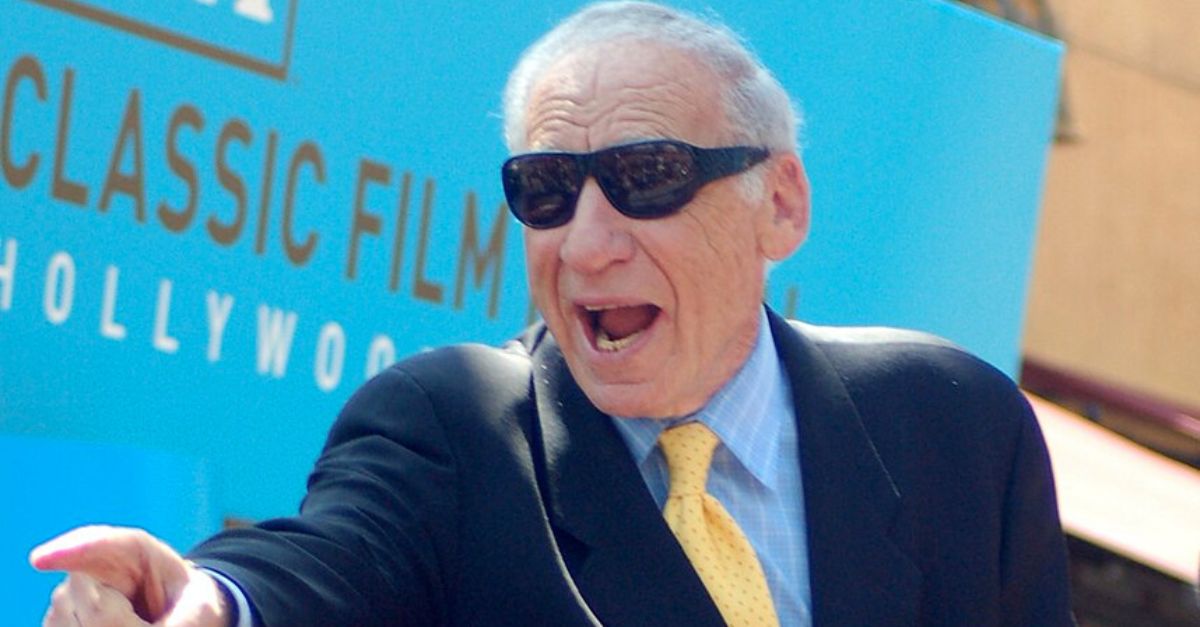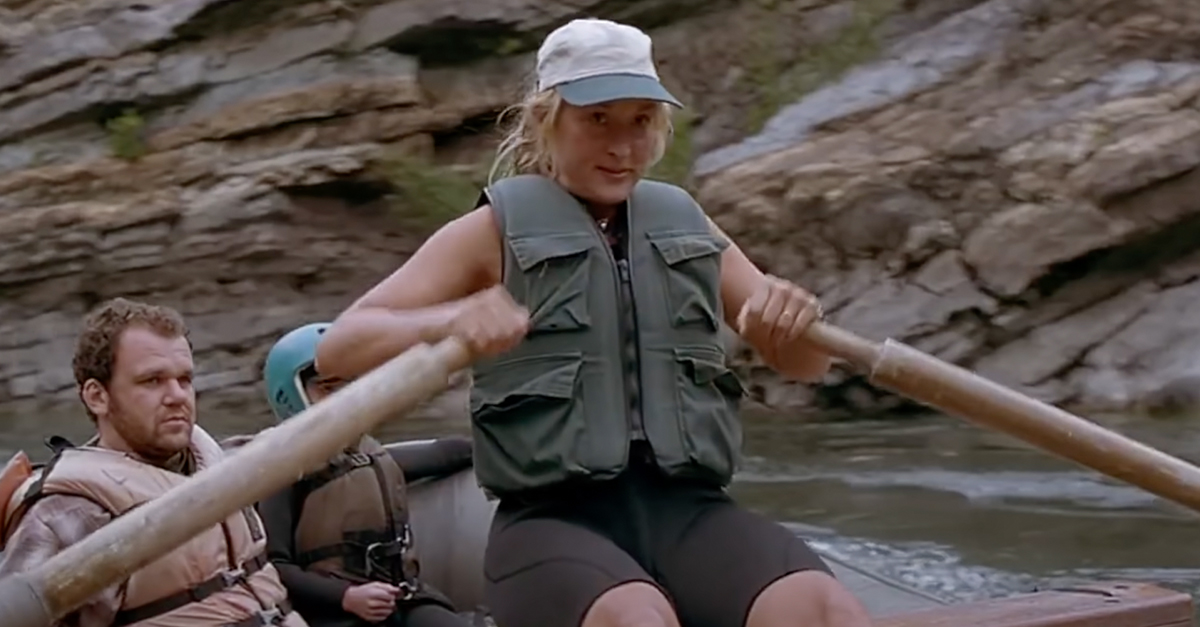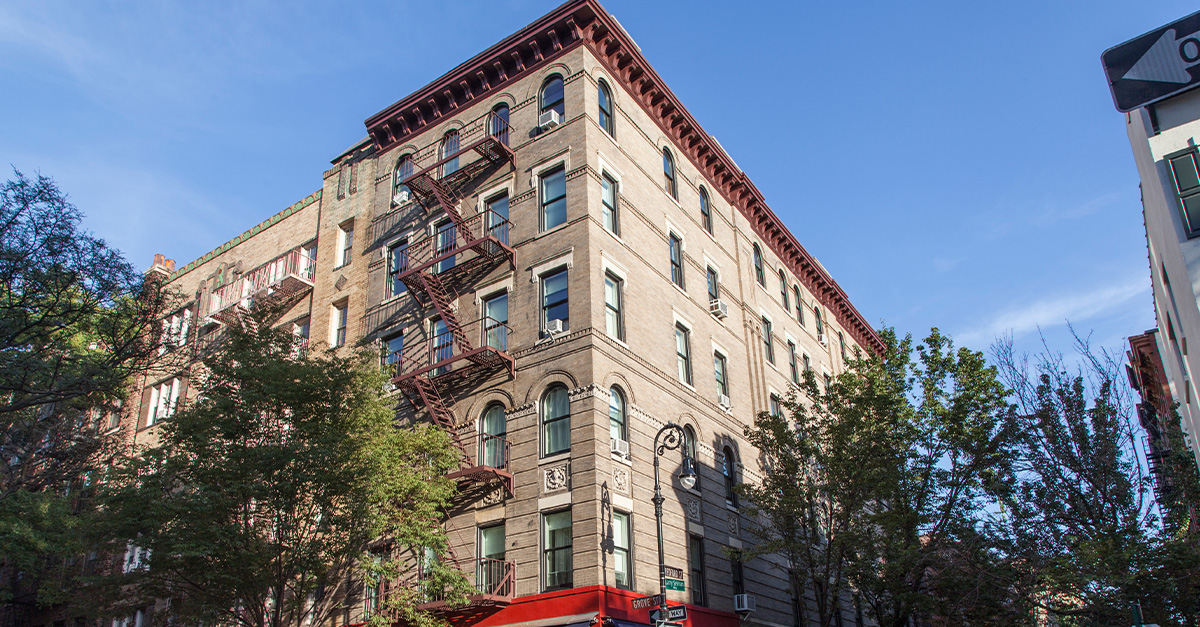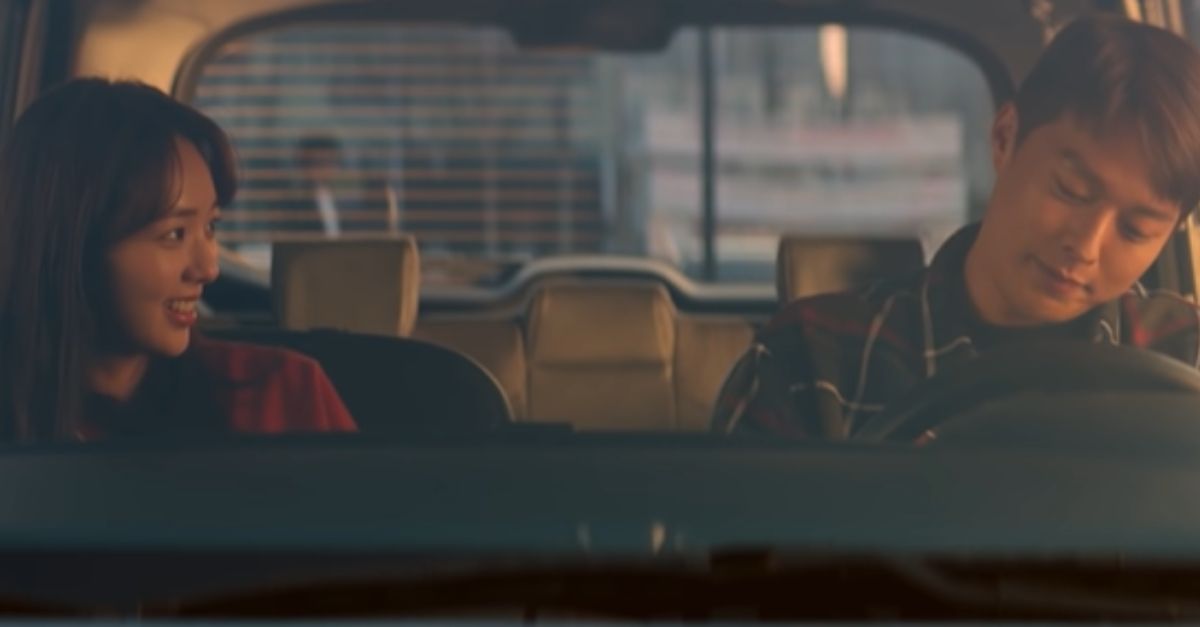Inside Wonka’s World
This 1971 film remains a staple of family entertainment with its magic and moral lessons. Alongside those flowing chocolate rivers lies a pack of unmissable facts that might change everything we thought we knew about Wonka’s delicious factory!
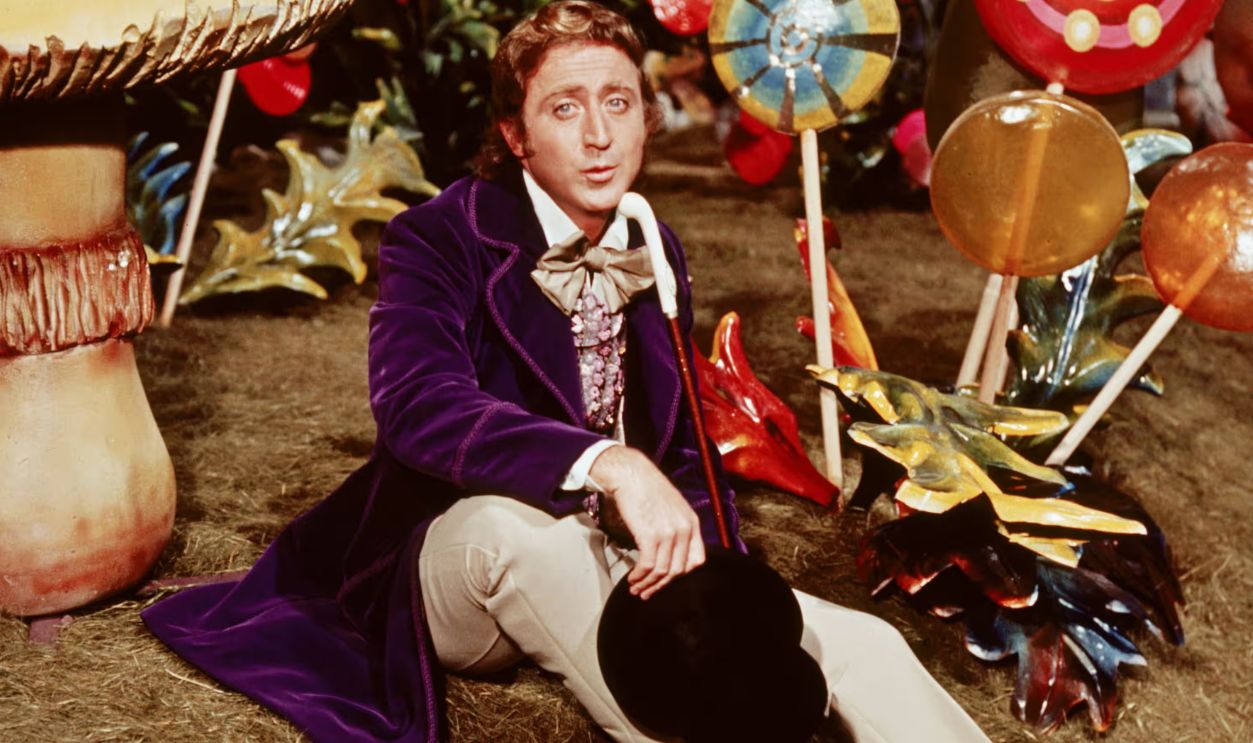
Box Office Performance
Even though it’s still super popular, Willy Wonka & The Chocolate Factory had a rough start at the box office. It was officially released on June 30, 1971, and cost around $3 million to make, but it only raked in about $4 million during its first run in the U.S. and Canada.
Filming Location
So, this film was primarily filmed in Munich, Germany, from August to November 1970. Most interior scenes were shot at Bavaria Studios in Geiselgasteig, Grünwald, where elaborate sets were constructed, while the exterior of Willy Wonka's factory was filmed at Stadtwerke München.
 MartinJhenne, CC BY-SA 3.0, Wikimedia Commons
MartinJhenne, CC BY-SA 3.0, Wikimedia Commons
Real Reactions
To make sure the child actors had genuine reactions in Willy Wonka & The Chocolate Factory, director Mel Stuart literally kept the Chocolate Room hidden until they were actually filming. The only exception was Julie Dawn Cole, who played Veruca Salt.
Director's Daughter's Influence
Willy Wonka & The Chocolate Factory came into existence mainly because of Mel Stuart's daughter, Madeline. When she was just ten, she pushed her dad to turn Roald Dahl's classic book, Charlie and the Chocolate Factory, into a movie.
Director's Daughter's Influence (Cont.)
Her excitement for the story was so infectious that she went up to him and said, "Daddy, I want you to make this into a movie”. Director Mel Stuart, who initially directed documentaries, hesitated but eventually recognized the potential in his daughter's suggestion.
Gene Wilder’s Performance
For Gene Wilder's portrayal of Willy Wonka, he insisted on a different entrance for his character by starting with a limp while using a cane. This initial portrayal created an impression of frailty, only to surprise the audience when he performed a somersault.
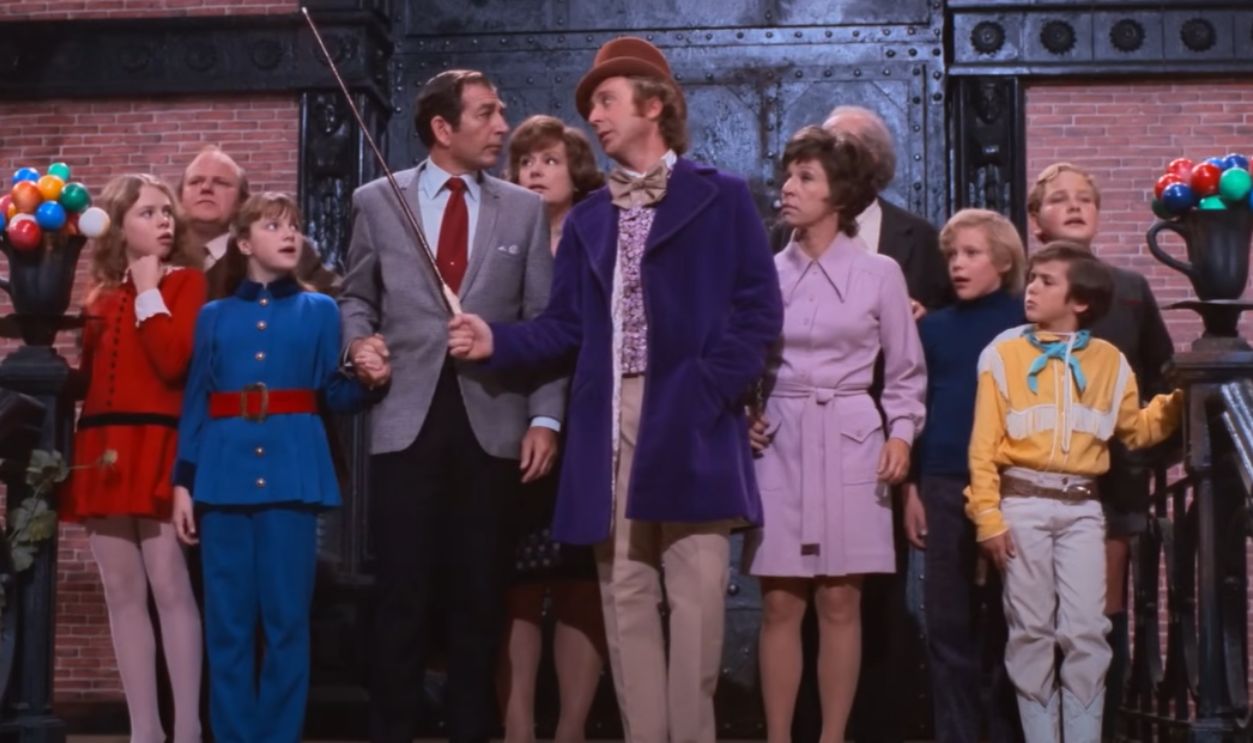 Willy Wonka and the Chocolate Factory's Best Scenes by Movieclips
Willy Wonka and the Chocolate Factory's Best Scenes by Movieclips
Chocolate River Composition
That yummy chocolate river in the movie was actually made from a mix of real chocolate, water, and cream. But it didn’t take long for it to go bad, and by the end of filming, it had a pretty nasty smell.
Chocolate River Composition (Cont.)
Paris Themmen (Mike Teevee) even described the Chocolate River as essentially "cold, dirty water" by the end of filming. Then, the production team added salt conditioner and anti-shampoo powder to the water to combat the smell and maintain an appealing look.
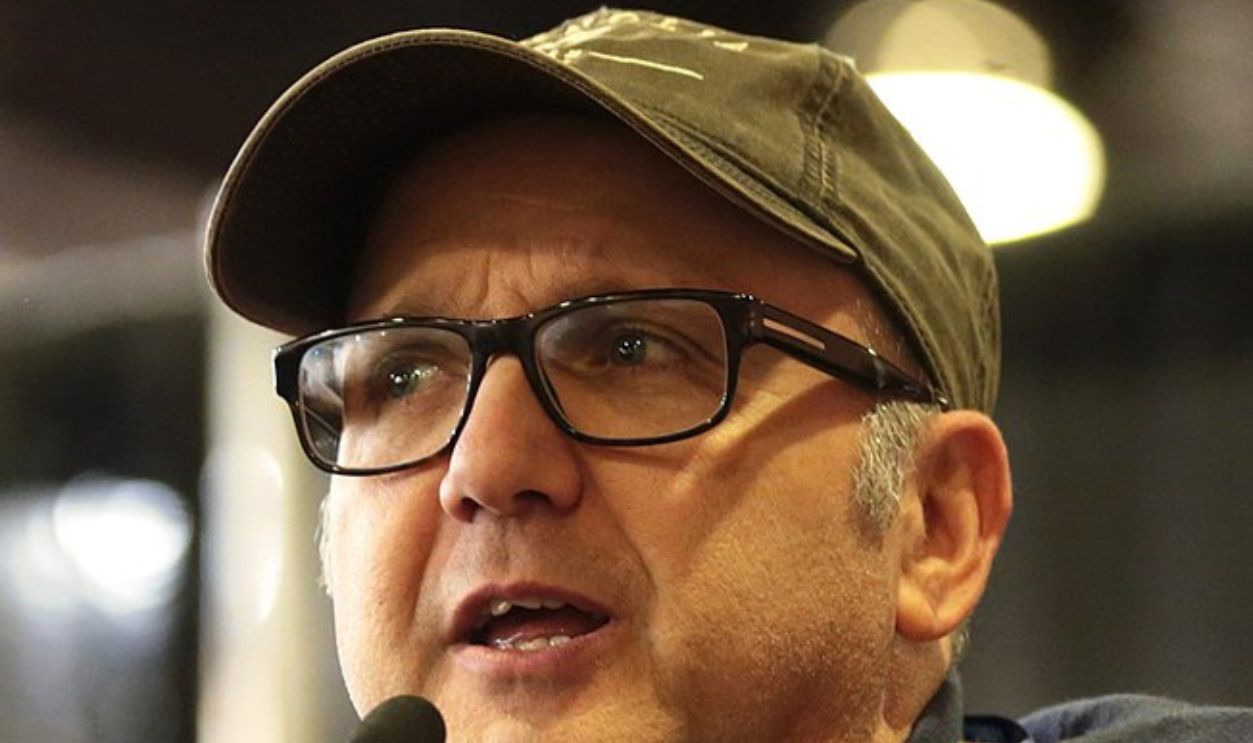 Gage Skidmore, CC BY-SA 3.0, Wikimedia Commons
Gage Skidmore, CC BY-SA 3.0, Wikimedia Commons
Quaker Oats' Influence
The creation of Willy Wonka & The Chocolate Factory got a big boost from Quaker Oats, who wanted to hype up their new Wonka chocolate bar. This corporate support shaped how the movie came together, even changing the title from Charlie and the Chocolate Factory.
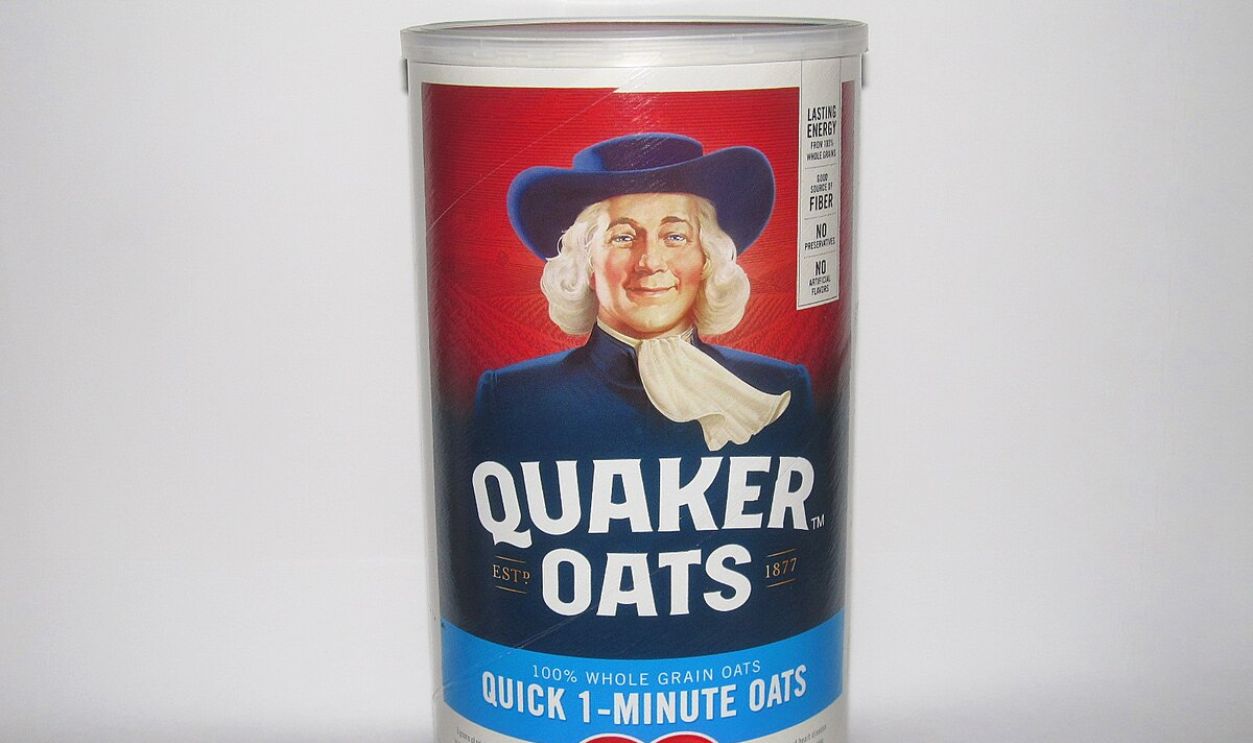 Willis Lam, CC BY-SA 2.0, Wikimedia Commons
Willis Lam, CC BY-SA 2.0, Wikimedia Commons
Young Love On Set
As per reports, on the set of Willy Wonka & The Chocolate Factory, there was a hint of young love among the cast. Apparently, Denise Nickerson, who played Violet Beauregarde, admitted in an interview with The Telegraph that she had a crush on Peter Ostrum (Charlie Bucket).
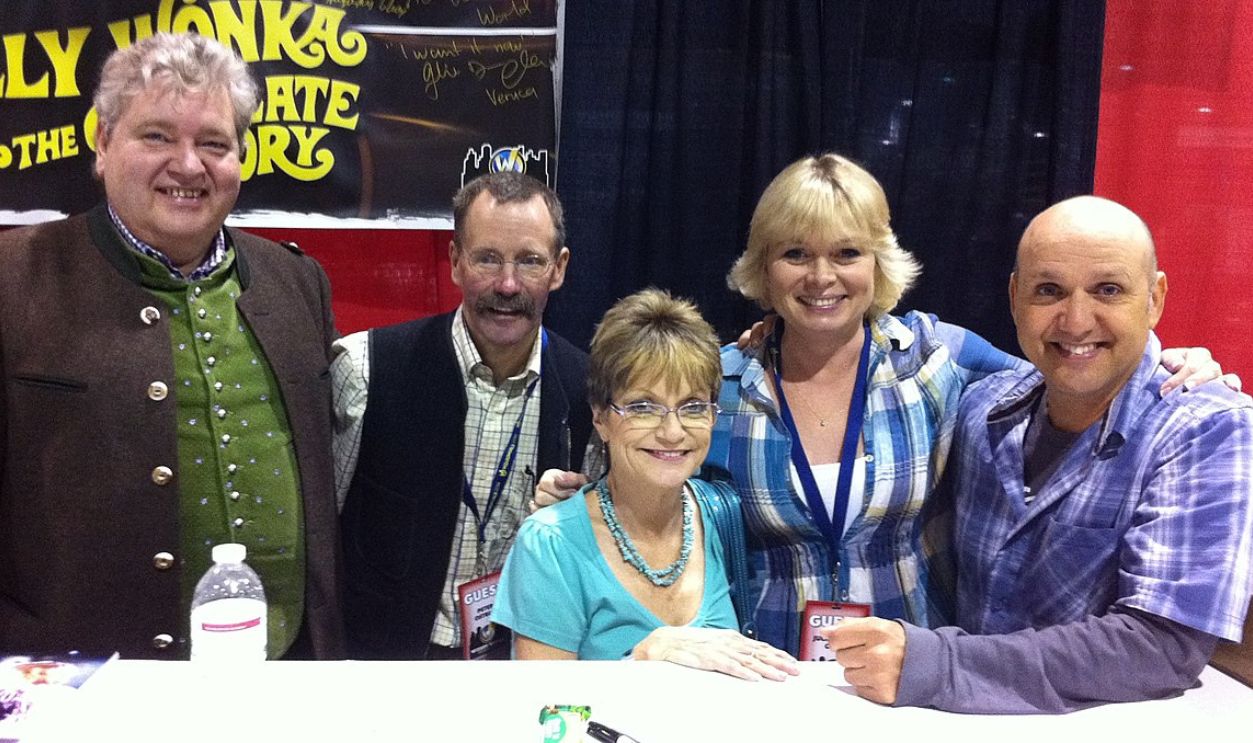 Fourthords, CC BY 3.0, Wikimedia Commons
Fourthords, CC BY 3.0, Wikimedia Commons
Child Actors’ Post-Film Careers
Many of the child actors who played the ticket winners chose to leave show business entirely after the film. For instance, after portraying Charlie, Ostrum declined a 3-movie contract and returned to Cleveland, where he pursued a career in veterinary medicine.
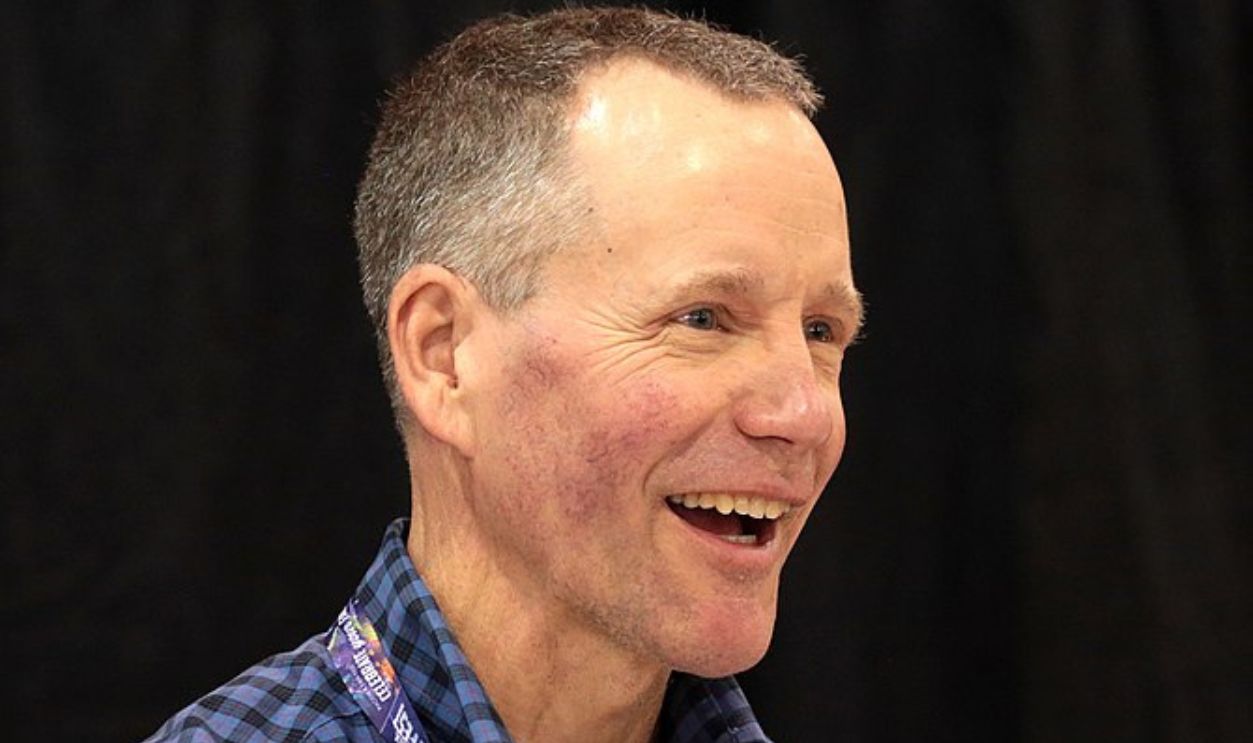 Gage Skidmore, Wikimedia Commons
Gage Skidmore, Wikimedia Commons
Wonka Bars
So, the fictional Wonka Bars became real products after the film's success. Initially produced by The Quaker Oats Company in 1971, the bars were marketed to capitalize on the popularity of the film and Roald Dahl's original novel, Charlie and the Chocolate Factory.
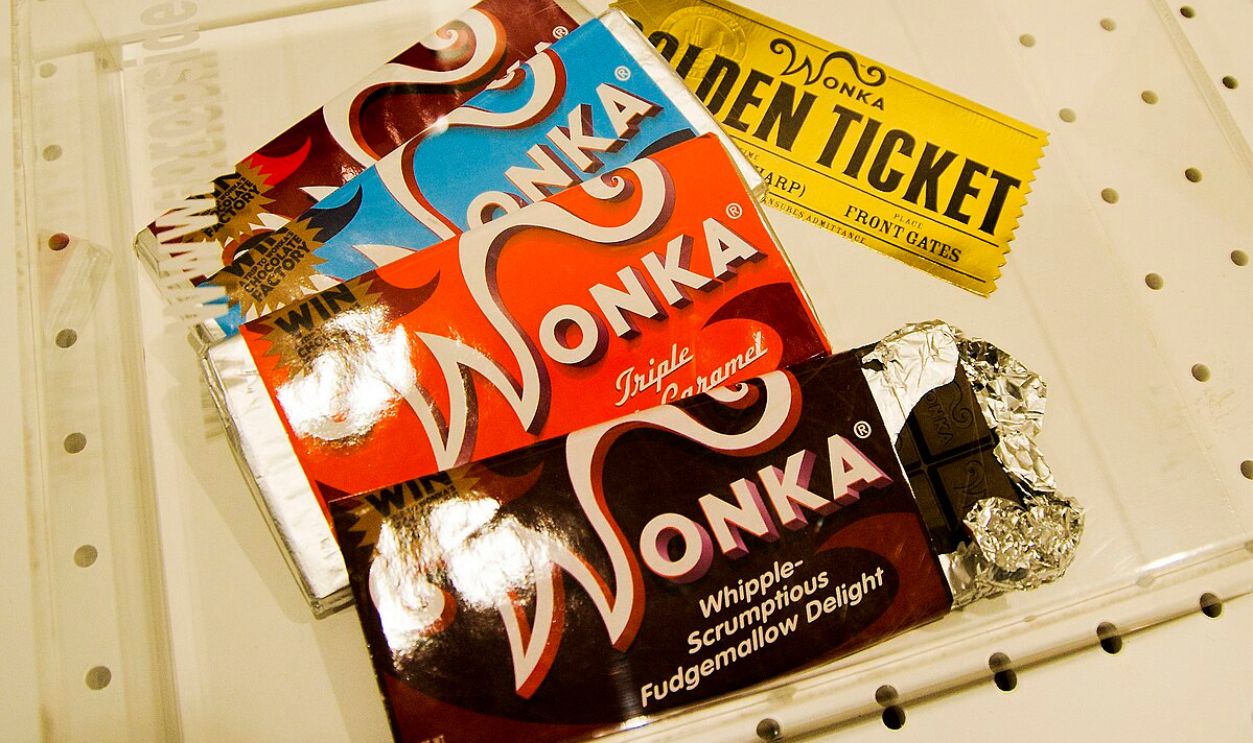 Urko Dorronsoro, CC BY-SA 2.0, Wikimedia Commons
Urko Dorronsoro, CC BY-SA 2.0, Wikimedia Commons
Barbra Streisand Connection
Barbra Streisand took her son, Jason Gould, to see Willy Wonka & The Chocolate Factory shortly after its release in June 1971. At that time, many parents were hesitant to support the film due to its darker themes that could be unsettling for small kids.
Symbolic Character Names
Many character names here are symbolic and mirror their personalities and moral failings. This allegorical approach meets the themes of vice and virtue, particularly the representation of the Seven Deadly Sins. For example, Augustus Gloop’s name directly represents gluttony.
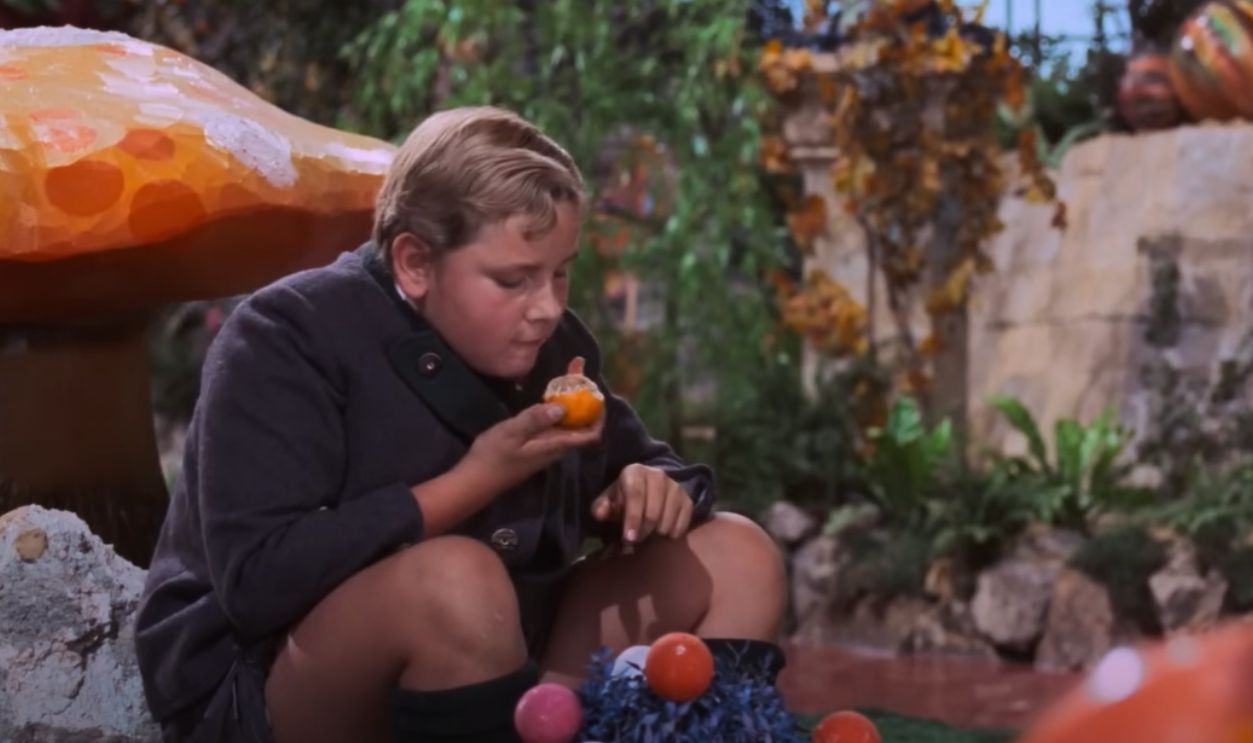 Willy Wonka and the Chocolate Factory's Best Scenes by Movieclips
Willy Wonka and the Chocolate Factory's Best Scenes by Movieclips
Gene Wilder’s Costume
Gene Wilder had some pretty strong opinions about his costume for the film. When he got the first sketches from costume designer Helen Colvig, he thought they looked too much like a typical 1920s dandy, which could make the character feel outdated.
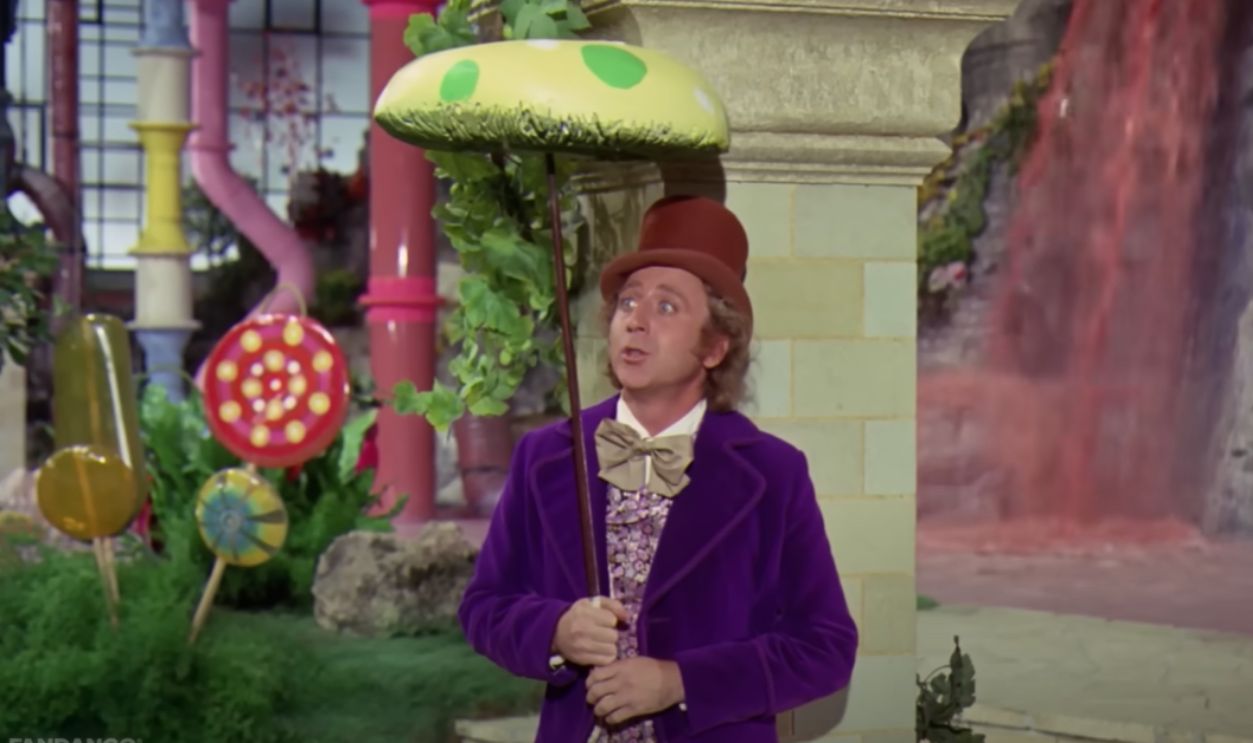 Willy Wonka & the Chocolate Factory - Pure Imagination Scene (4/10) | Movieclips by Movieclips
Willy Wonka & the Chocolate Factory - Pure Imagination Scene (4/10) | Movieclips by Movieclips
Gene Wilder’s Costume (Cont.)
To address this, Wilder wrote a letter to director Mel Stuart, in which he emphasized the need for a costume that reflected Willy Wonka's eccentricity. He described Wonka as "a vain man who knows colors that suit him, yet, with all the oddity, has strangely good taste”.
Violet’s Blue Makeup
Denise Nickerson, who played Violet Beauregarde, shared in a 2001 interview with People that the blue makeup they used for that scene where her character blows up like a blueberry had some surprising side effects that stuck around longer than expected.
Violet’s Blue Makeup (Cont.)
After filming, the blue makeup "resurfaced through her pores" two days later while she was at school. This led to an embarrassing situation for her, which took an additional 36 hours just for the makeup to fully clear up.
Incomplete Screenplay Shoot
Did you know that the film's production began without a completed screenplay? Although Roald Dahl, the author of Charlie and the Chocolate Factory, was initially slated to write the screenplay, he only provided an outline instead of a full script at the start of filming.
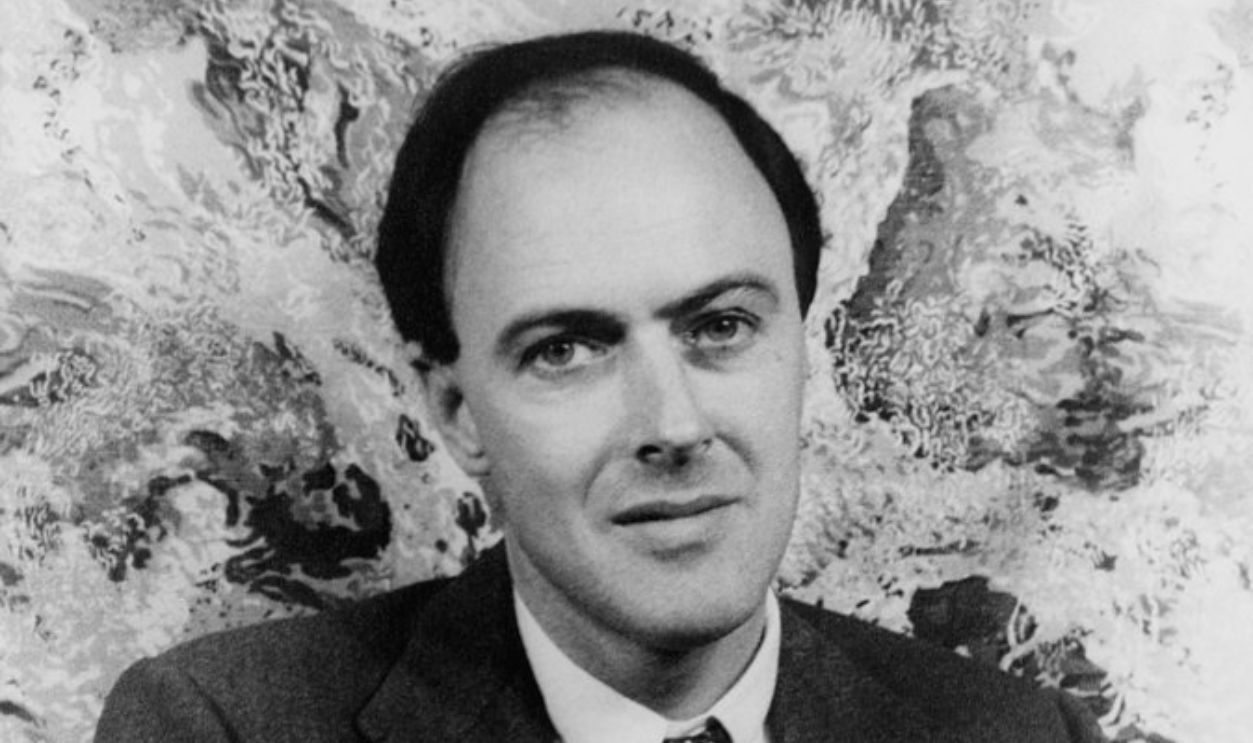 Carl Van Vechten, Wikimedia Commons
Carl Van Vechten, Wikimedia Commons
Wilder's Response To The 2005 Remake
Reportedly, Wilder strongly disapproved of Tim Burton's 2005 remake, Charlie and the Chocolate Factory, considering it an "insult”. He stated, "I don't care for that director... he's a talented man, but I don't care for him doing stuff like he did”.
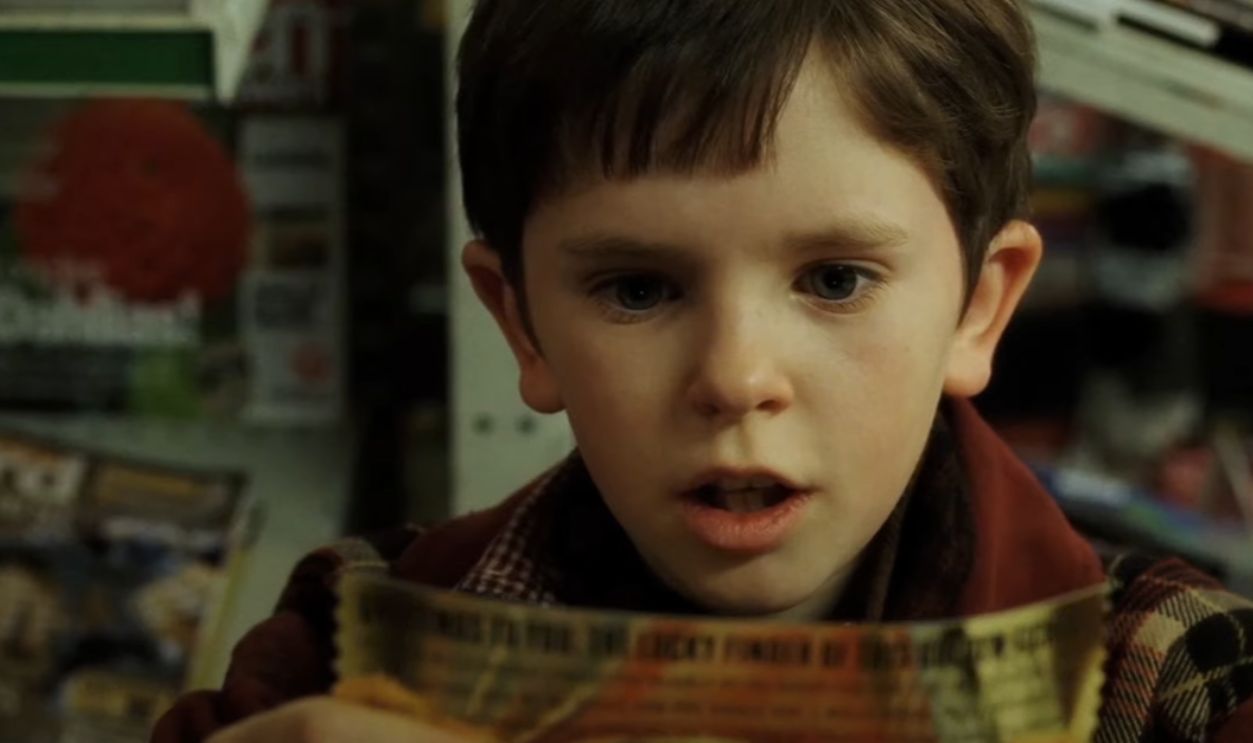 Charlie and the Chocolate Factory trailer (4K) by ethan
Charlie and the Chocolate Factory trailer (4K) by ethan
Wilder's Response To The 2005 Remake (Cont.)
Wilder even felt that the remake was unnecessary and only primarily motivated by financial gain. He disapprovingly said, "It's all about money. It's just some people sitting around thinking, 'How can we make some more money?'".
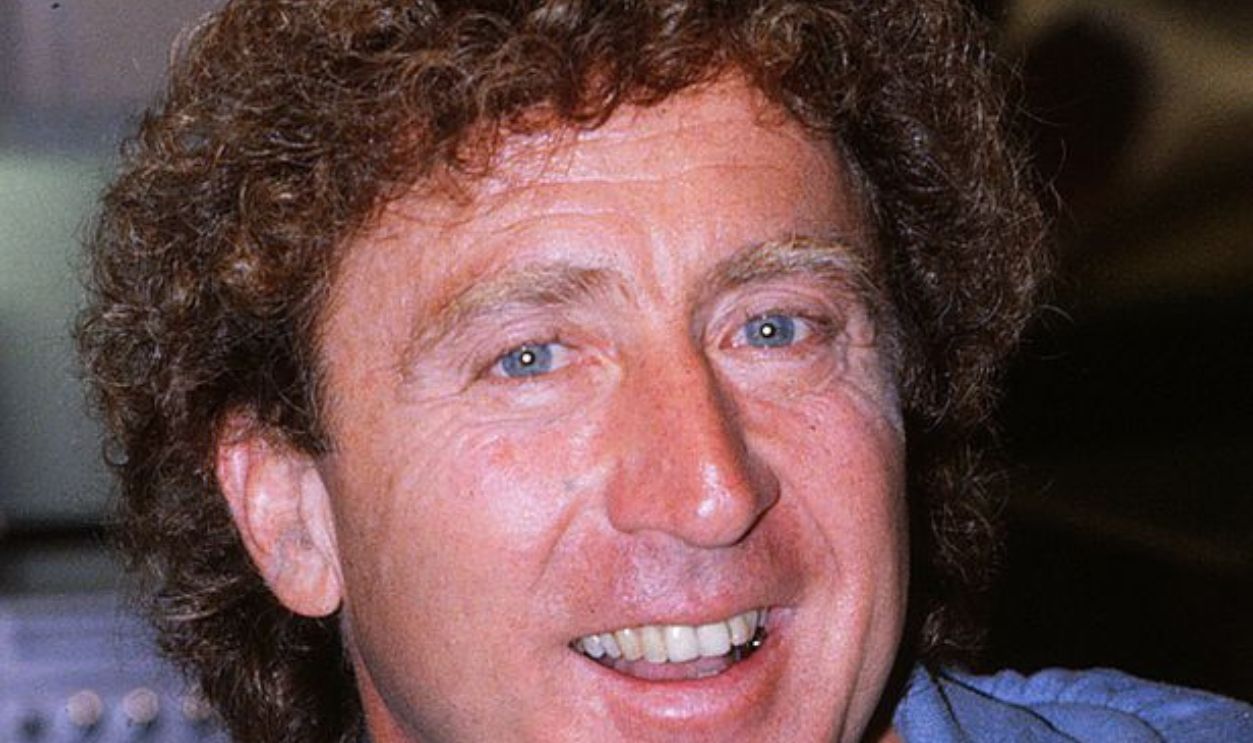 Towpilot, CC BY-SA 3.0, Wikimedia Commons
Towpilot, CC BY-SA 3.0, Wikimedia Commons
Roger Ebert's Praise
Famous film critic Roger Ebert praised Willy Wonka & The Chocolate Factory as "delightful, funny, scary, exciting," along with its ability to combine whimsy with darker themes. Ebert's four-star review also positioned the film alongside classics like The Wizard of Oz.
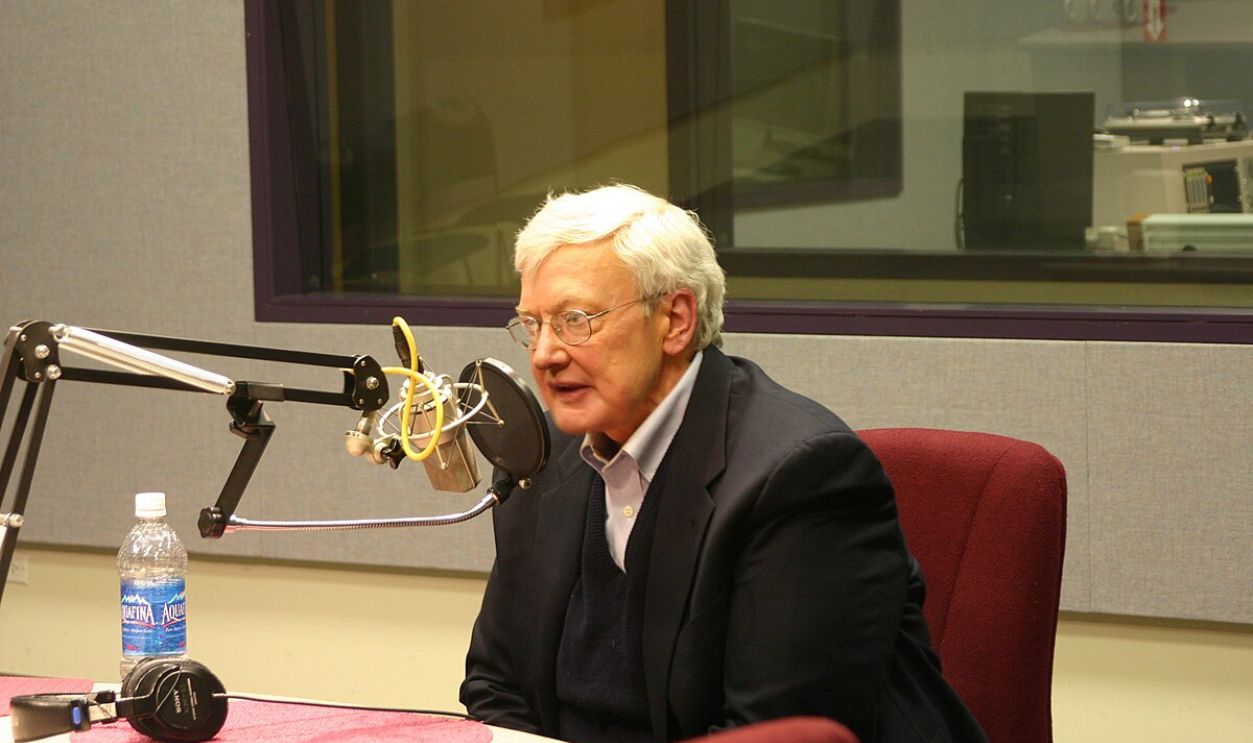 Sound Opinions, CC BY-SA 2.0, Wikimedia Commons
Sound Opinions, CC BY-SA 2.0, Wikimedia Commons
Influence On Future Films
Quite obviously, this movie has had a great influence on future films and adaptations, inspiring many projects over the years. Notably, Tim Burton's Charlie and the Chocolate Factory, which was released in 2005, is one of the most prominent adaptations.
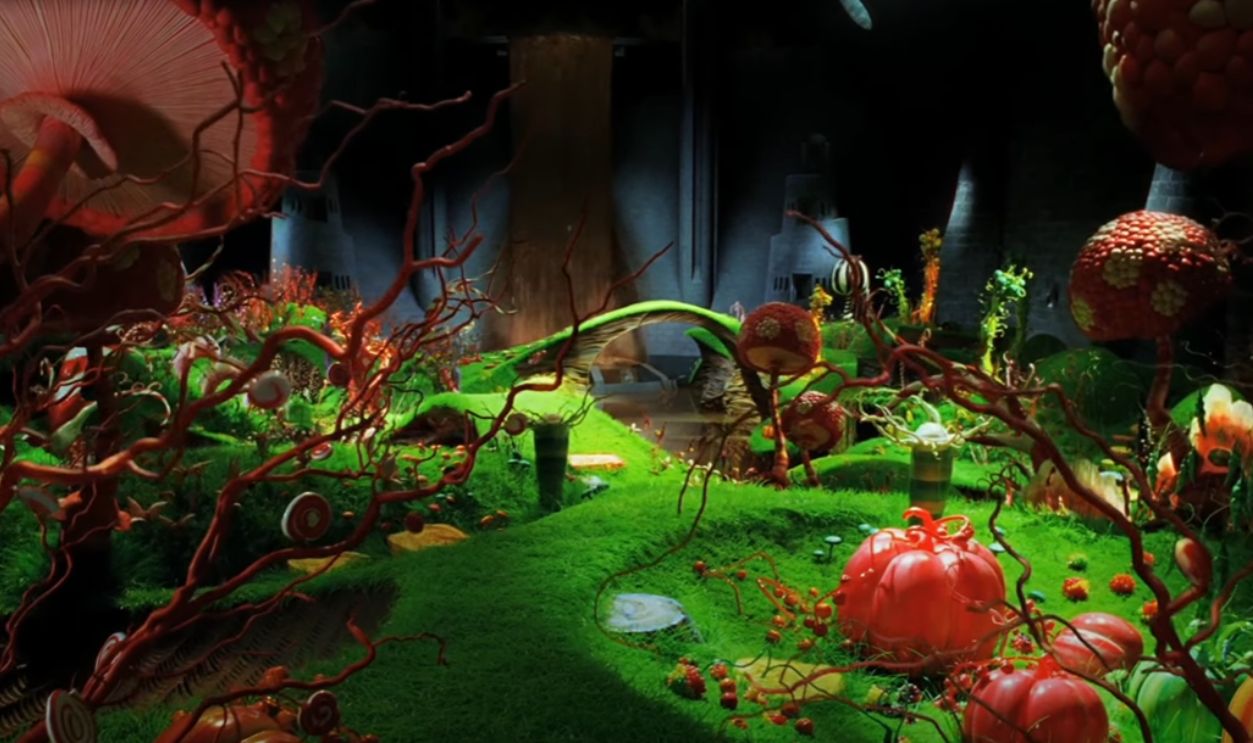 Charlie and the Chocolate Factory trailer (4K) by ethan
Charlie and the Chocolate Factory trailer (4K) by ethan
Influence On Future Films (Cont.)
Burton's film starred Johnny Depp as Willy Wonka and Freddie Highmore as Charlie Bucket. It aimed to give a darker, more whimsical take on Roald Dahl's original story and managed to gross over $475 million worldwide.
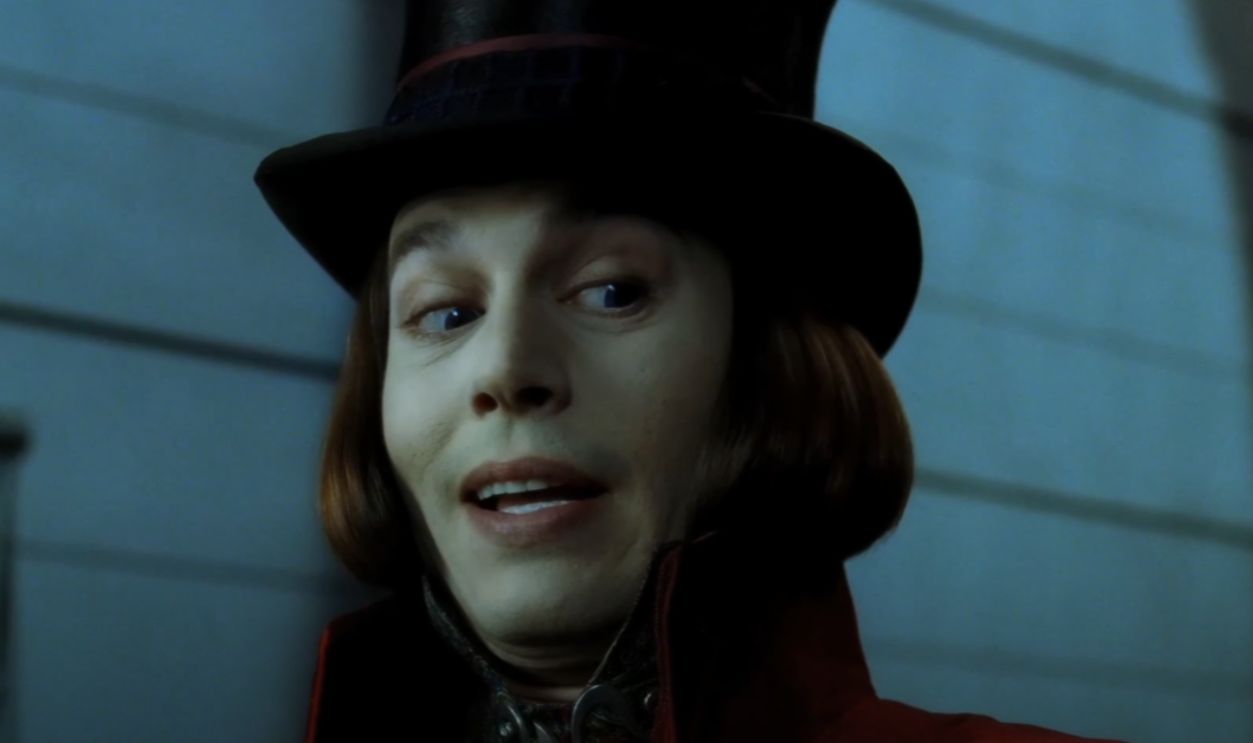 Charlie and the Chocolate Factory trailer (4K) by ethan
Charlie and the Chocolate Factory trailer (4K) by ethan
Merchandising Success
Following its success on television and home video, the movie has inspired a wide array of merchandise items. Platforms like Redbubble and Zazzle provide custom merchandise such as stickers, phone cases, and apparel featuring iconic imagery from the film.
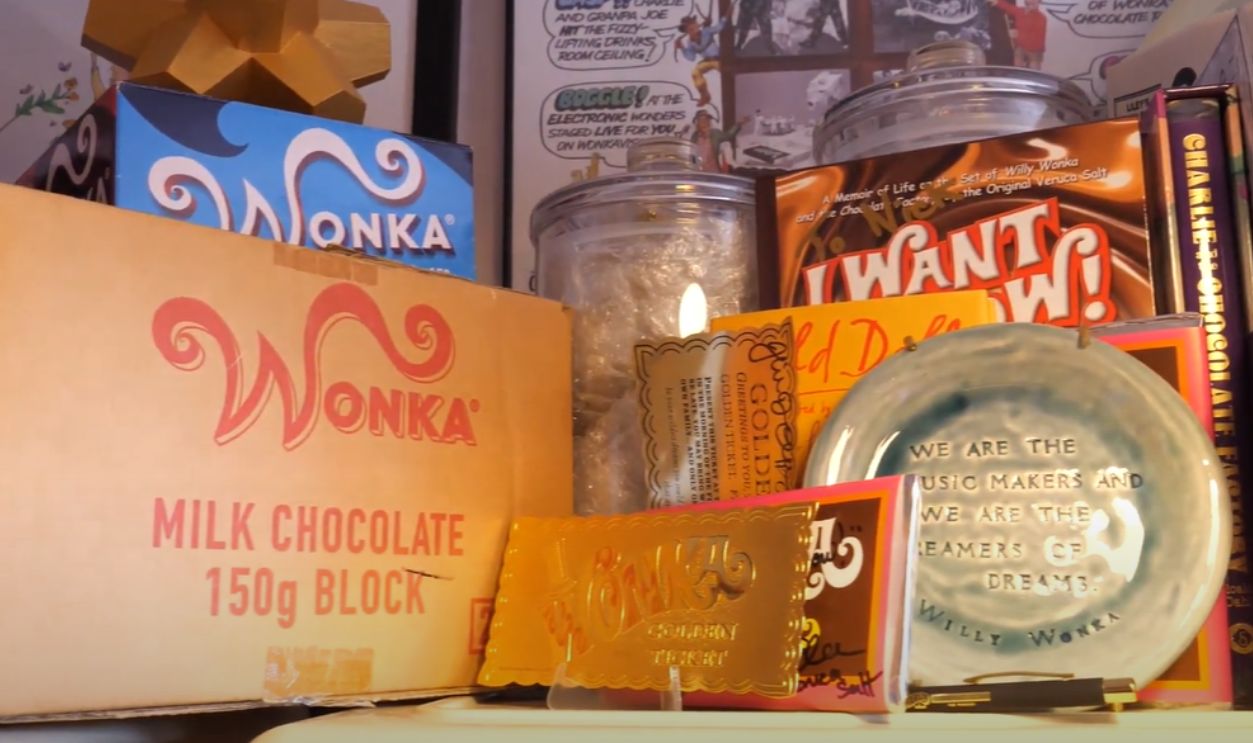 Willy Wonka superfan's collection includes exclusive merchandise from the new movie | SWNS by SWNS
Willy Wonka superfan's collection includes exclusive merchandise from the new movie | SWNS by SWNS

